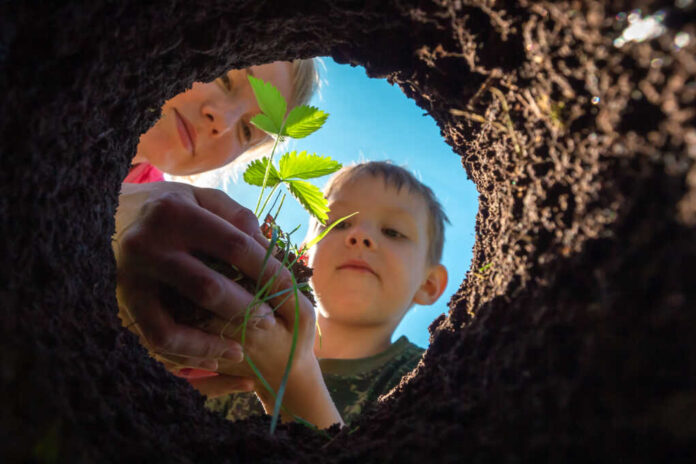
Transplanting plants successfully requires careful timing, proper technique, and attentive aftercare to minimize stress and ensure your greenery thrives in its new home.
At a Glance
- Timing matters: transplant during spring or early summer when plants are actively growing, and on cloudy days or during cooler hours
- Prepare plants by watering deeply the day before transplanting to reduce stress
- Handle roots gently during the move to prevent damage and minimize transplant shock
- Provide proper aftercare including consistent watering, temporary shade, and monitoring for signs of stress
- A weak sugar-water solution can help plants recover from transplant shock
Understanding When to Transplant
The timing of transplanting significantly impacts your plants’ chances of success. For most plants, spring or early summer is ideal as they’re actively growing and can quickly establish themselves in new locations. This is particularly true for houseplants like Golden Pothos, which should be repotted when they’ve outgrown their current containers or when roots become visible through drainage holes. Outdoor plants often benefit from transplanting before they flower or after they’ve finished blooming, avoiding the stress of summer heat.
Weather conditions on transplant day also matter significantly. Choose overcast, cooler days or transplant during early morning or evening hours when temperatures are more moderate. This reduces water loss through transpiration and gives plants time to adjust before facing intense sunlight. For gardeners in their 40s and beyond who may be managing existing health conditions, planning transplanting during cooler periods also makes the physical work less taxing on your body.
Preparing for a Successful Transplant
Proper preparation before moving any plant is essential for success. Water your plants thoroughly the day before transplanting – this hydrates them and makes the soil easier to work with. For container plants, choose pots just slightly larger than the current ones and ensure they have proper drainage holes. For garden transplants, prepare the new planting area in advance with well-amended soil suited to your specific plant’s needs.
When selecting new plants from nurseries, choose healthy specimens without flowers or fruit. While flowering plants may look attractive, those without blooms will direct their energy toward establishing strong roots rather than supporting reproductive growth. This focus on root development helps plants overcome transplant shock more quickly and establish themselves in their new locations with greater success.
The Transplanting Process
The actual process of moving plants requires careful handling to minimize root disturbance. For potted plants, gently loosen the soil around the edges of the container and carefully remove the plant – never pull by the stem. If roots are circling the rootball (root-bound), carefully loosen them to encourage outward growth. For garden plants, dig widely around the plant to preserve as much of the root system as possible, and keep the rootball intact during the move.
When placing plants in their new locations, ensure they’re at the same depth they were previously growing – planting too deep can suffocate the crown and lead to rot issues. For perennials like bearded iris, daylilies, hostas, and peonies that benefit from division every few years, use a clean, sharp knife or spade to separate the plant into sections, ensuring each division has adequate roots and shoots before replanting at the proper depth.
Essential Aftercare Techniques
The critical period for transplanted plants is the first two weeks after moving. During this time, proper aftercare makes the difference between thriving plants and those that struggle or fail. Water newly transplanted plants daily, keeping the soil consistently moist but not waterlogged. Provide temporary shade for at least 24 hours, preferably 2-3 days, to reduce transplant stress. This shade allows plants to focus on root establishment rather than dealing with water loss through their leaves.
Consider trimming back some foliage on transplanted specimens to reduce the plant’s water needs while it establishes new roots. If plants show signs of wilting despite proper watering, a weak sugar-water solution (1 tablespoon sugar to 1 gallon water) can help them recover from transplant shock. This provides readily available energy while the plant’s root system is compromised. For those with arthritis or back problems, installing drip irrigation or using water globes can make consistent watering less physically demanding.
Monitor transplants closely for any signs of pest problems or disease, as stressed plants are more susceptible to these issues. Address any problems promptly to give your plants the best chance of successful establishment in their new home. With proper timing, careful technique, and attentive aftercare, your transplanted plants will soon adjust and thrive, bringing beauty and satisfaction to your garden for years to come.

















